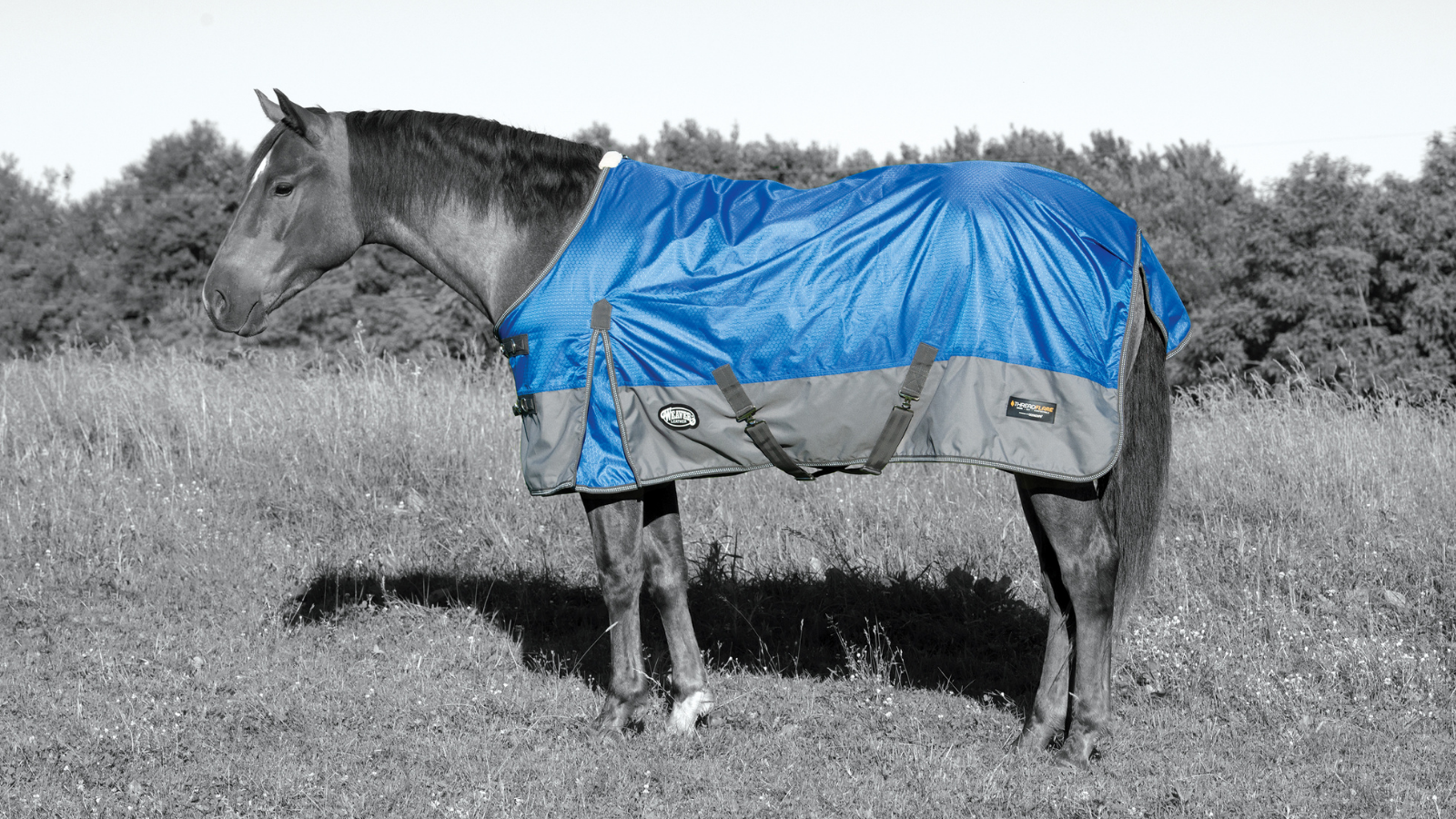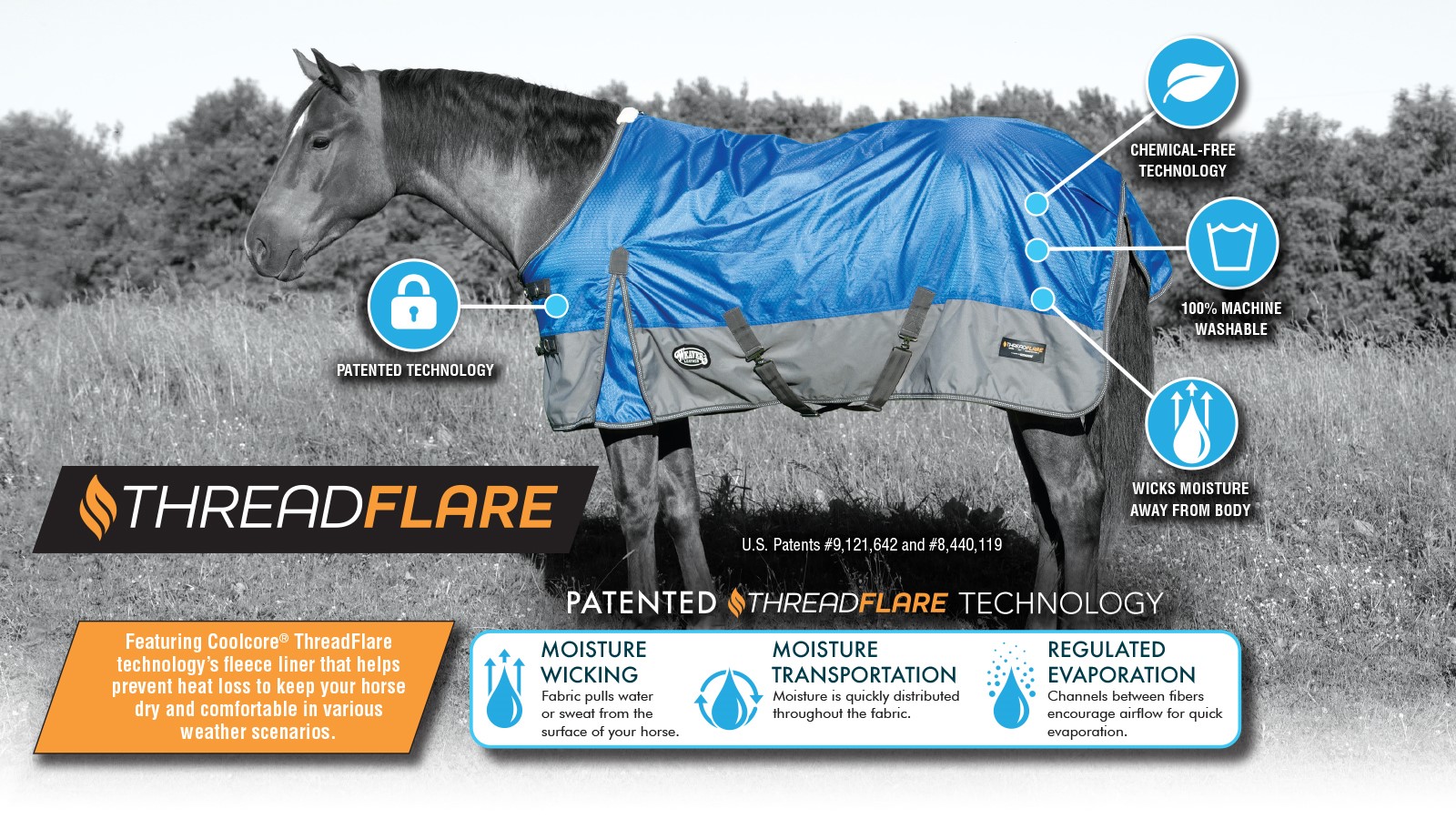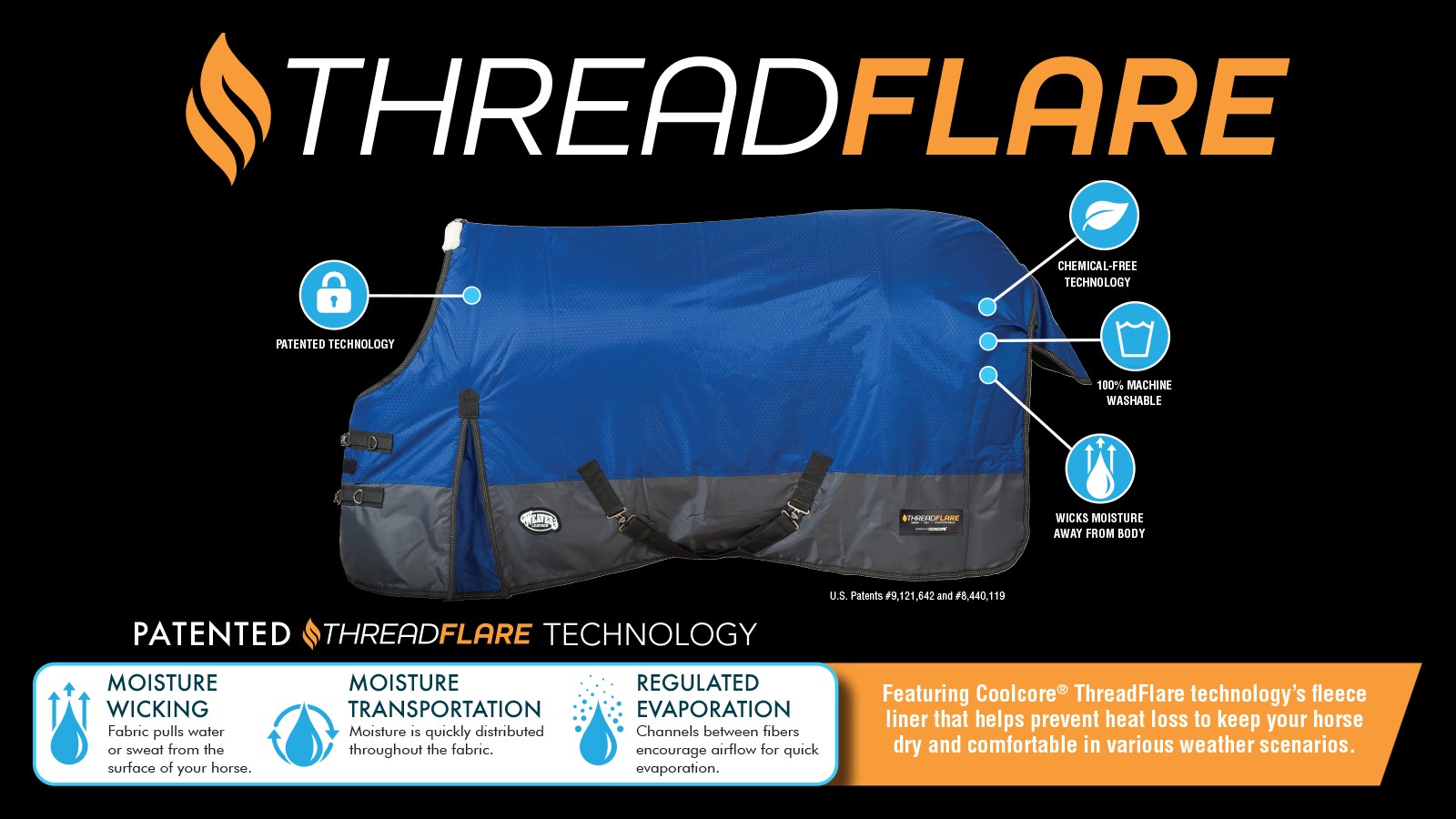Outer Shells
Outer shells can be made of nylon or canvas (also called canvas duck, and made from hemp, cotton, and/or linen). Canvas is durable and usually quite economical, and today comes in many colors. This type of outer shell gives partial protection from wind and rain because of its dense, tight weave, but it is not truly waterproof; water can eventually soak through in a heavy rain. An all-cotton canvas has the disadvantage of being susceptible to mildew and color fading.
Canvas outer shells come in a variety of weights, and the heavier the weight, the more durable the fabric. Some shells come treated with a special coating to increase their water resistance. Some types of coated fabric (such as teflon-coated marine duck) have increased water resistance and are also less prone to fading or mildew. Cotton-polyester blends are fairly resistant to mildew and rotting.

The advantages to canvas outer shells are their ease of cleaning (they can be brushed off, hosed down, and hung on a fence to dry); durability and toughness; water resistance (the fibers swell when wet, making less spaces for moisture to soak through); and ability to breathe—they hold in body heat but can wick the moisture (such as sweat) away from the horse. Canvas makes a good top layer over other blankets or sheets, and the weight helps hold everything in place. The disadvantages to canvas are heaviness (the dry weight of a canvas blanket is about twice that of nylon); slowness in drying; and a tendency to soak up urine and moisture from manure.
Nylon outer shells are lightweight, easy to wash, and more waterproof than canvas. Nylon outdoor blankets are also more expensive than canvas.
There are several types of nylon outer shells, and most of them are amazingly strong and nearly indestructible. Those with ripstop weave will not snag or tear, and puncture holes rarely grow because the nylon fibers are engineered to resist abrasion and punctures. Some brands have up to five times the tear resistance of standard nylon.
The tight weave of a nylon blanket makes for good wind and water resistance, but for true waterproofing, the fabric must be treated. Some nylon fabrics have a thin application of urethane coating on the back, and these must be washed in cool water. Heat—such as hot water or a clothes dryer—will damage the waterproof coating. The disadvantage to some of these coatings is that they may crack in really cold weather (-20ºF or colder) and are not good to use if the weather warms up because the horse’s body heat is held in too well. Nylon does not breathe as well as other materials.

Some nylon blankets have a waterproof membrane (such as Gore-Tex) fused to the underside of the nylon. Water (such as rain) cannot go through, but water vapor (from a hot sweaty horse) can. These blankets are more expensive than others but may be guaranteed to be breathable and waterproof for several years. Beware: Some of the cheaper versions may not carry any such guarantees.
The best waterproof blankets for bad weather will have seams that are taped or sealed (so rain cannot seep in along the seams), and no seam down the back. If your horse will be wearing it outside in wet weather, choose a blanket that has very little exterior stitching. The straps should be attached very low so that the attachment stitching is below the belly of the horse.
The Filler
The inner filler on most blankets is usually made of fiberfill or foam particles—extremely lightweight, but with good insulating quality. Some blankets still use wool for insulating material, and this works well in moderate temperatures (not severe cold) or in conjunction with another layer. Most of the traditional canvas blankets are lined with wool or wool-acrylic blends. Less expensive ones may have a cotton or cotton blend lining, which isn’t as warm as wool. Wool is excellent for its breathability since sweat can go through it and it will stay warm even when wet. Wool blankets also don’t slip as easily as other types. But their biggest drawback is shrinking, and the fact they must be hand-washed and may wear out quicker than other fabrics.
Urethane foam is used as a filler in many blankets, and is good for providing warmth in cold weather, but doesn’t breathe well if the daytime temperatures warm up. Synthetic fleece linings are also good for moderately cold temperatures, or for layering with other blankets, and have the advantage of being machine washable, drying quickly, and also breathing to let heat escape if a horse gets too warm.

Polyester linings give good insulation for cold temperatures; many of the warmest nylon blankets use this type of fiberfill. Polyester traps body heat that warms the air spaces between the fibers, creating a warm layer of insulation over the horse. This type of blanket lining comes in several different weights, the heaviest being the warmest. Thinsulate is a liner material that uses microfibers with half the bulk of fiberfill. This type of liner is excellent in cold temperatures, is lightweight and less bulky than most other liners, and is washable.
Depending on your environment, weather and budget, there are blankets that exist for every condition. For stable owners and operators, good quality blankets are a great investment because today’s materials last longer and the same blanket can be put into service for many years.




